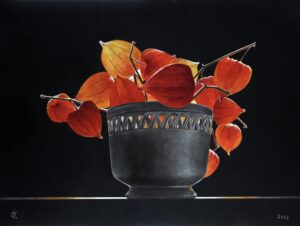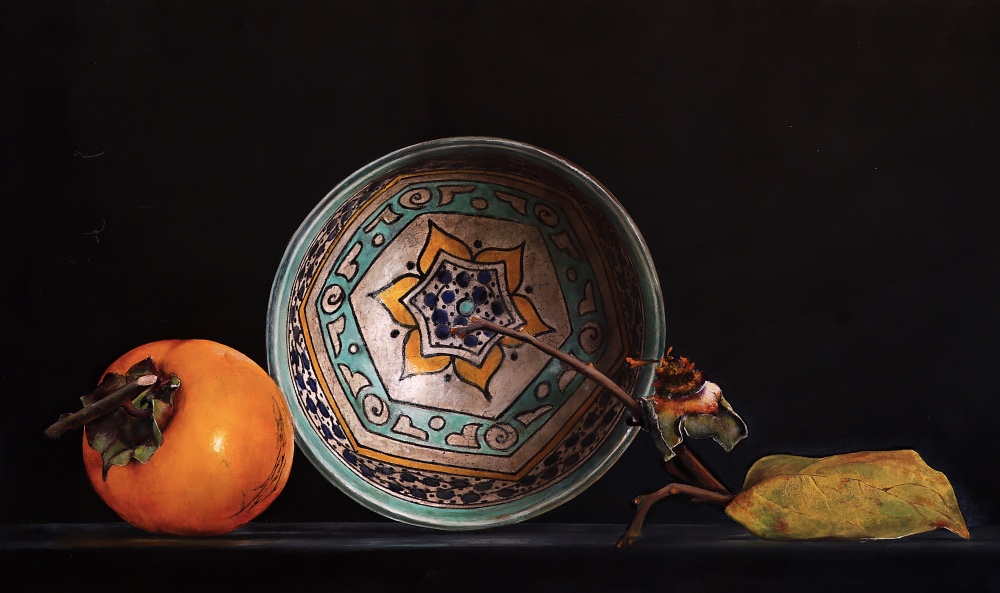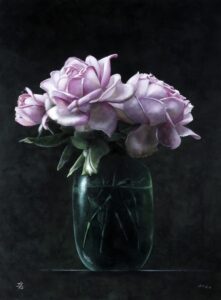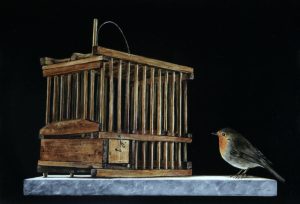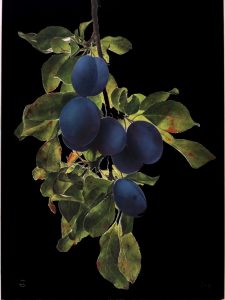Ottorino De Lucchi
Ottorino De Lucchi was born in Ferrara, November 8 1951, he graduated in Chemistry (1975) and Pharmacy (1977) at the University of Padua. He has carried out research experiences at Sorin Biomedica, the Gulf South Research Institute of New Orleans (USA), the University of Puerto Rico (USA) and the University of Würzburg (BRD).
University researcher at the University of Padua and Full Professor of Organic Chemistry at the University of Sassari.
From 1990 holds the Chair of Organic Chemistry at the Ca 'Foscari University of Venice where he holds the courses of "Organic Chemistry", of "Substances of Pharmaceutical Interest" and "Asymmetric Synthesis" for the Degree Courses in Chemistry and Industrial Chemistry and of "Natural Organic Substances", of "Pigments and Dyes" and "Materials for Contemporary Art" for the Degree Course in Conservation and Restoration.
He was Director of the Spectroscopy Center and of the Chemistry Department of the University of Sassari, Member of the Board of Directors, Deputy Rector and member of the Evaluation Unit of the Ca 'Foscari University of Venice. Consultant for companies in the chemical-pharmaceutical and specialty chemicals sector. His current research interests are mainly focused on the study and preparation of organic molecules containing particular geometries and electronic distributions.
Author of over two hundred scientific publications, of some patents and over a hundred of proceedings and congress communications. He has held numerous conferences in national and international conferences and at Italian and foreign universities, especially in Germany and the United States. He has been a member of the Italian Chemical Society since 1977, where he held the position of President of the Organic Chemistry Division and since 1979 he is a member of the American Chemical Society. In 1984 received the Ciamician medal from the Italian Chemical Society, in 1993 the Federchimica prize and in the 1997 the prestigious Zeneca lecture prize, at Wilmington, USA. During his life he has always carried out artistic activity, intercalating her with her profession as a university chemist, especially during long stays abroad or away from the family.
He thus had the opportunity to deepen his knowledge of the materials and pictorial techniques on which he currently holds a course at the Ca 'Foscari University of Venice in the Degree Course in Conservation and Restoration. During his stay in the United States, he was able to get to know and observe Andrew Wyeth's work closely, passionate about the technique and virtuosity of his paintings, definiti come drybrush. Strong only with this information, he began a series of experiments that led to the independent development of a completely original technique, both in execution and in subjects.
AVAILABLE WORKS
